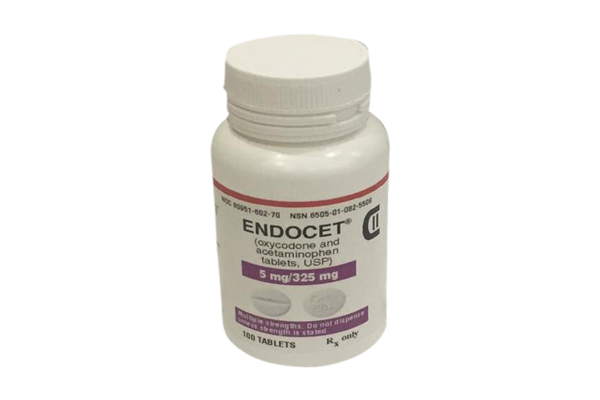

Low GI fibre from fruits, vegetables and wholegrain sources are preferred, with some evidence to show higher GI fibres increasing the insulin response response which may lead to increasing numbers of endometriosis cells. Ensure you go slow and drink lots of water to go along with it to prevent any unwanted bowel side effects (you know what I’m talking about!)įibre in endo helps with the process of excretion of oestrogen by surrounding the substance that stimulates oestrogen and prevents absorption and moves it out of the body. An easy way to boost your intake is to add a teaspoon of psyllium husk to your breakfast cereal, porridge or smoothie and slowly increase it. Let’s break it down into some key dietary elements that you can change if you (or someone you love) are living with endometriosis.Īh, the real “superfood” – fibre, back to save the day again! Fibre is found in a number of plant foods including wholegrains, nuts & seeds, fruits & veggies. With more and more evidence emerging highlighting the impact of a therapeutic diet for endo, as well as implementing anti-inflammatory eating recommendations can help reduce inflammation and also affect oestrogen levels as a result. Tiredness or low energy, especially around your periodĮvidently, these symptoms can lead to days off work, affecting mental health due to pain and affects women’s everyday quality of life.Pelvic pain, especially around the menstrual cycle (including before or after).The key symptoms of endometriosis are (although vary between women): See your GP for a referral to a gynaecological surgeon. Unfortunately, there is no cure for endo, however laparoscopic surgery to remove adhesions, cysts, endometriomas and nodules can help if you’re trying to start a family. With many women being missed in terms of diagnosis, 30% of women are diagnosed when they are experiencing fertility issues. Oestrogen is the hormone that stimulates endometriomas to grow which can affect a woman’s egg health, block fallopian tubes and prevent embryos from implanting in the the uteral lining.ģ0-50% of women living with endo are infertile. What is Endometriosis?Įndo (as it’s ‘fondly’ known) is a chronic inflammation of reproductive organs, which causes tissues to grow in different parts of the body, usually in the pelvis area. Know the go about endo? Skip down to the “Dietary Management for Endometriosis” below.

Pretty amazing how powerful food is, right?!īut before I tell you about how you can use diet to help manage your endometriosis, let’s run through the basics. Whilst the treatment and diagnosis for endometriosis is actually laparoscopic surgery, there is now more evidence about how nutrition and dietary management of this condition can help with symptoms and even slow the progression of endometriosis growing! And infertility (as a whole) affects 1 in 6 couples, that’s more than 15% of Aussie couples struggling to create a family. Do you know a woman living with endometriosis? Chances are you do and may not even know it, it affects 1 in 10 women of child-bearing age and can be a major cause of infertility.


 0 kommentar(er)
0 kommentar(er)
